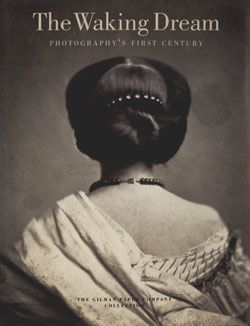[The Calf-Bearer and the Kritios Boy Shortly After Exhumation on the Acropolis]; Danseuse du Temple de Bacchus
Not on view
From 1833, when the Turkish garrison was withdrawn, until 1882, when systematic excavations were begun, the Acropolis was the site of somewhat random investigation. As the Turkish buildings were cleared and the principal temples re-erected, the debris yielded inscriptions that were incorporated into the walls as they were reconstructed and fragments of sculpture that were casually grouped together outdoors or in the Propylaea. In 1863 it was decided that a museum was required. While digging its foundation in 1864, workmen discovered additional fragments, among them a headless Athena (at the left in the photograph) and the Calf-Bearer (thought to be a goat-bearer until the animal's head was found). The torso of the Kritios Boy was uncovered the following year, although his head, like the feet of the Calf-Bearer, did not emerge until the late 1880s.
It is ironic that none of these statues would have been saved had the Persians not burned the Acropolis in 479 B.C. At first the Athenians could not bring themselves to rebuild, but they changed their minds and determined to make the place of the gods even more splendid than before. Making a clean sweep, they buried the debris in pits beneath the surface of the new temple compound. Thus, when the Calf-Bearer (ca. 570 B.C.) and the Kritios Boy (ca. 490 B.C.) were photographed, the sun had not shone upon them for some thirteen hundred years. The picture is about the excitement of their discovery--a jumbled and still-fragmentary revelation of the archaic antecedents of classical Greek art.
Due to rights restrictions, this image cannot be enlarged, viewed at full screen, or downloaded.
![[The Calf-Bearer and the Kritios Boy Shortly After Exhumation on the Acropolis]; Danseuse du Temple de Bacchus, Unknown, Albumen silver print from glass negative](https://images.metmuseum.org/CRDImages/ph/web-additional/DP150943.jpg)

